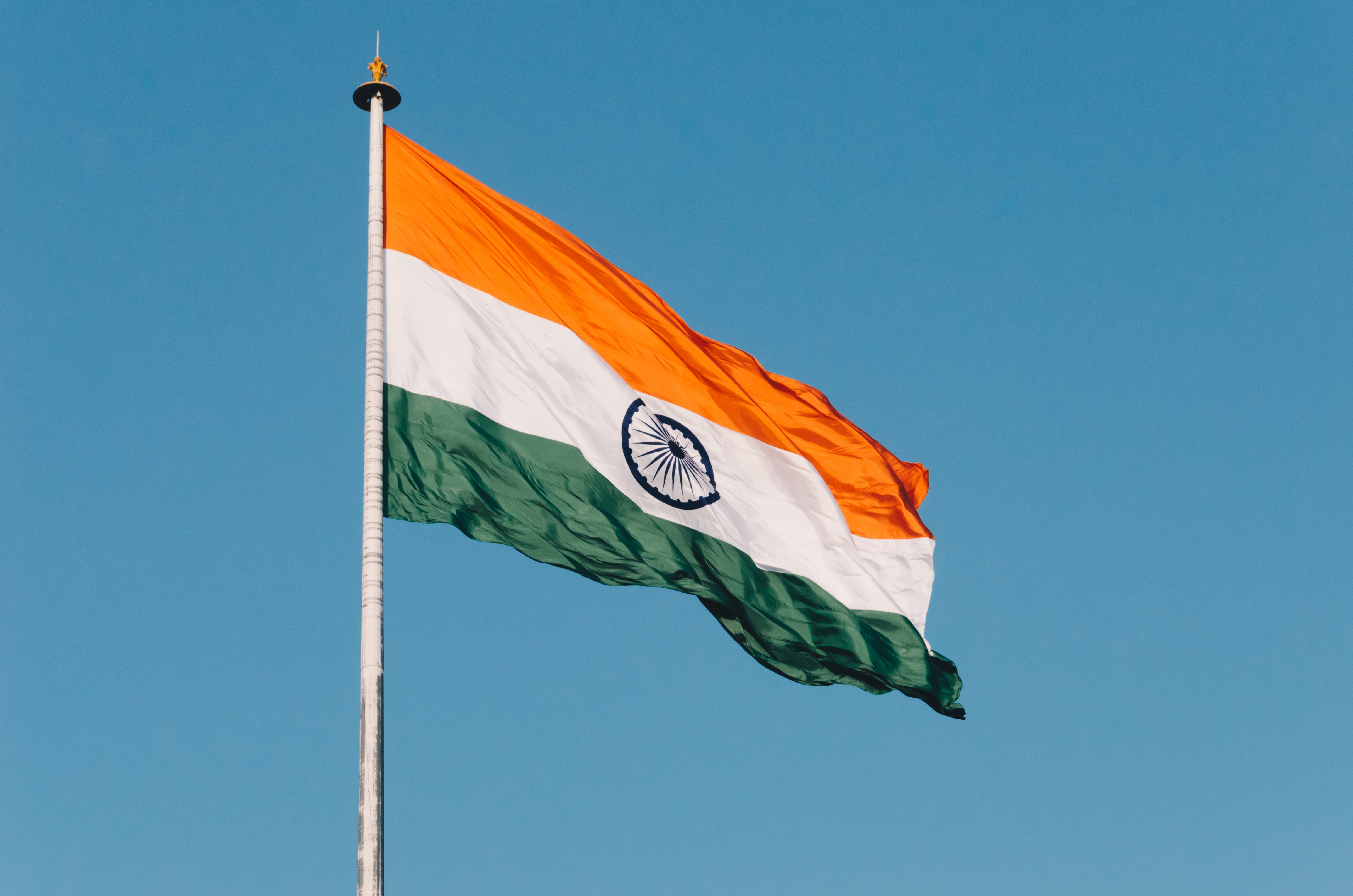India: Maharashtra Has a Long Way to Go in Healthcare
While Maharashtra is wealthier than the nation as a whole based on the wealth index, persistent malnutrition and widespread anaemia continue to be a significant problem for children and adults in the State.
More than two out of five children, about 46 per cent under five years, are stunted. One in five children (17 per cent) is wasted and 37 per cent children under the age of five are underweight.
The wealth index is constructed by combining information on 33 household assets and housing characteristics.
These statistics form part of the Maharashtra State report of the 2005-06 National Family Health Survey (NFHS-3) released recently in Mumbai, which is the first-ever comprehensive picture of health and wellbeing in the State.
It is not only children who suffer malnutrition. A significant number of adults in the State are too thin. About 36 per cent of women and 34 per cent of men are underweight. In contrast 15 per cent women and 12 per cent men report obesity.
Anaemia in India is primarily linked to poor nutrition and nearly half (48 per cent) of women in Maharashtra are anaemic. More than half of the women who are pregnant or breastfeeding are anaemic. Anaemia levels in men are still unacceptably high at 17 per cent. Among children between 6 and 59 months, 63 per cent are anaemic.
Fertility is low in Maharashtra and it has reached replacement level at 2.1 children, says Prof. Kamla Gupta, senior faculty, International Institute for Population Sciences (IIPS) and senior coordinator of this research.
Infant mortality in the State is much lower than in the country as a whole with 38 deaths per 1000 live births. However, the perinatal mortality (early infant deaths in the first week of life) is estimated at 36 deaths per 1000 pregnancies, especially in the rural areas, which is high. The marriage age is low and the median age at first marriage for women is 17.8 years.
Early marriage continues to be prevalent in Maharashtra and 39 per cent of women get married before the legal minimum age of 18. Teenage fertility still remains a concern and it has health implications for women.
The report indicates that while most of the pregnant women in Maharashtra receive at least some ante natal care, 35 per cent of child births in the State take place at home.
More than one in 10 rural women did not receive any ante natal care. For the first time, the survey measured HIV prevalence at the national level and for selected States. The NFHS 3 survey found the HIV prevalence rate for India as a whole, including Maharashtra, to be 0.28 per cent among people aged 15 to 49, much lower than expected, and the findings have resulted in the government and international agencies reducing the official estimate of persons living with HIV in India from more than 5 million to 2.45 million.
Maharashtra ranks fourth among the five high HIV prevalence States — Andhra Pradesh, Karnataka, Manipur and Tamil Nadu. While more than 82 per cent women and 93 per cent men in Maharashtra have heard of AIDS, 53 per cent of women and 20 per cent of men do not know HIV/AIDS can be prevented by using condoms.
A special feature of NFHS 3 in Maharashtra is the provision of separate estimates of population, health and nutrition for Mumbai and Nagpur and their slum and non-slum populations. The survey is based on a sample of 8315 households that is representative at the State level.
by Meena Menon
Source: The Hindu – 18 August 2008

